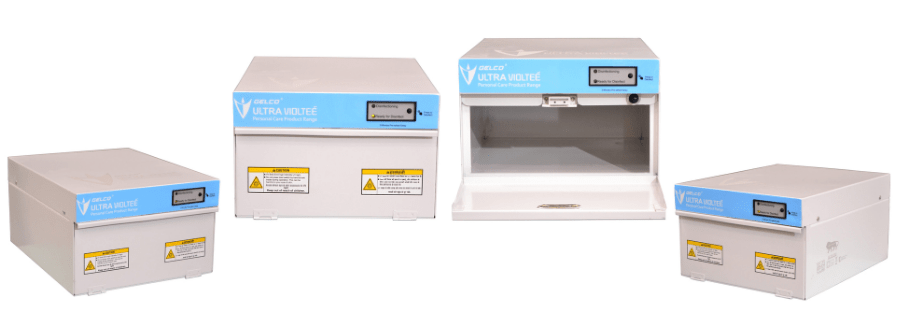Why Ultra-Violate light is an effective disinfectant?
As the globe struggles to adjust to the "new normal" following the Covid-19 virus pandemic, there is a heightened need for solutions that will enable us to safeguard ourselves. While working from home has made social isolation and wearing masks commonplace, the outbreak has highlighted the importance of cleaning and disinfecting. Simply by virtue of when the worldwide lockdowns are removed or reduced, it is clear that the global medical emergency has shaken people's morale, and that there is a greater need for more reliable equipment and services to disinfect the places around us. In anticipation of the pandemic, governments and businesses around the world are implementing a variety of sanitation measures, including the use of ultraviolet (UV) radiation, which has been used for effective disinfection for decades.
Since the mid-twentieth century, UV radiation has been utilized for sterilization and disinfection. With developments in technology, particularly in UV bulbs, their long durability (thousands of hours) and reduced size (e.g. UV LED vs classic UV bulbs) have widened the scope of applications. Water, air, fruits, vegetables, surgical equipment, tablet computers, toys, and a range of surfaces are all disinfected with it.
Not all types of UV are beneficial when it comes to sterilizing. What exactly does that imply? UV stands for "beyond violet" and denotes a band of electromagnetic waves with a shorter wavelength (higher frequency and energy) than visible violet light. With decreasing wavelengths and rising energy, UV is classified into three categories. UVA, UVB, and UVC are the three types. Only UVC (100-280nm) provides enough energy to successfully destroy germs in UV sterilization. When looking for a UV sterilization product to try at your home or office, be sure the UV wavelength is in the UVC range (100-280 nm).
UV disinfection has a number of advantages.
- Many facilities use UV disinfection light to keep their environs free of germs and bacteria that can contaminate the air.
- UV light aids in the disinfection of hospitals, laboratories, and other surfaces. It kills all hazardous germs and bacteria in a matter of seconds.
- It aids in the disinfection of goggles, face shields, laboratory glassware, and other stationary equipment such as the countertop, floors, and tables.
- UV light disinfection has advantages over other techniques like washing, bleaching, and sanitizing since it does not leave moisture or residue behind.
- UV disinfection is effective on both surfaces and liquids in the food and beverage business. It will be effective in food processing plants to disinfect conveyor belts, which are difficult to clean during working hours.
- UV light disinfection is utilized in hospitals to sterilize both patients and rooms. In hospital operating rooms, it destroys around 97.7% of pathogens. Cryptosporidium and giardia are chlorine-resistant pathogens that can be treated using UV radiation.
- UV light disinfection is a chemical-free, non-toxic, eco-friendly, and simple to use procedure.
- UV can be used alone or in combination with hydrogen peroxide to break down harmful chemical combinations while sanitizing.
- UV disinfection is low-maintenance, easy to use, and has a lower operating cost.
- UV disinfection has higher operational reliability than chemicals and is also healthier for the environment.















